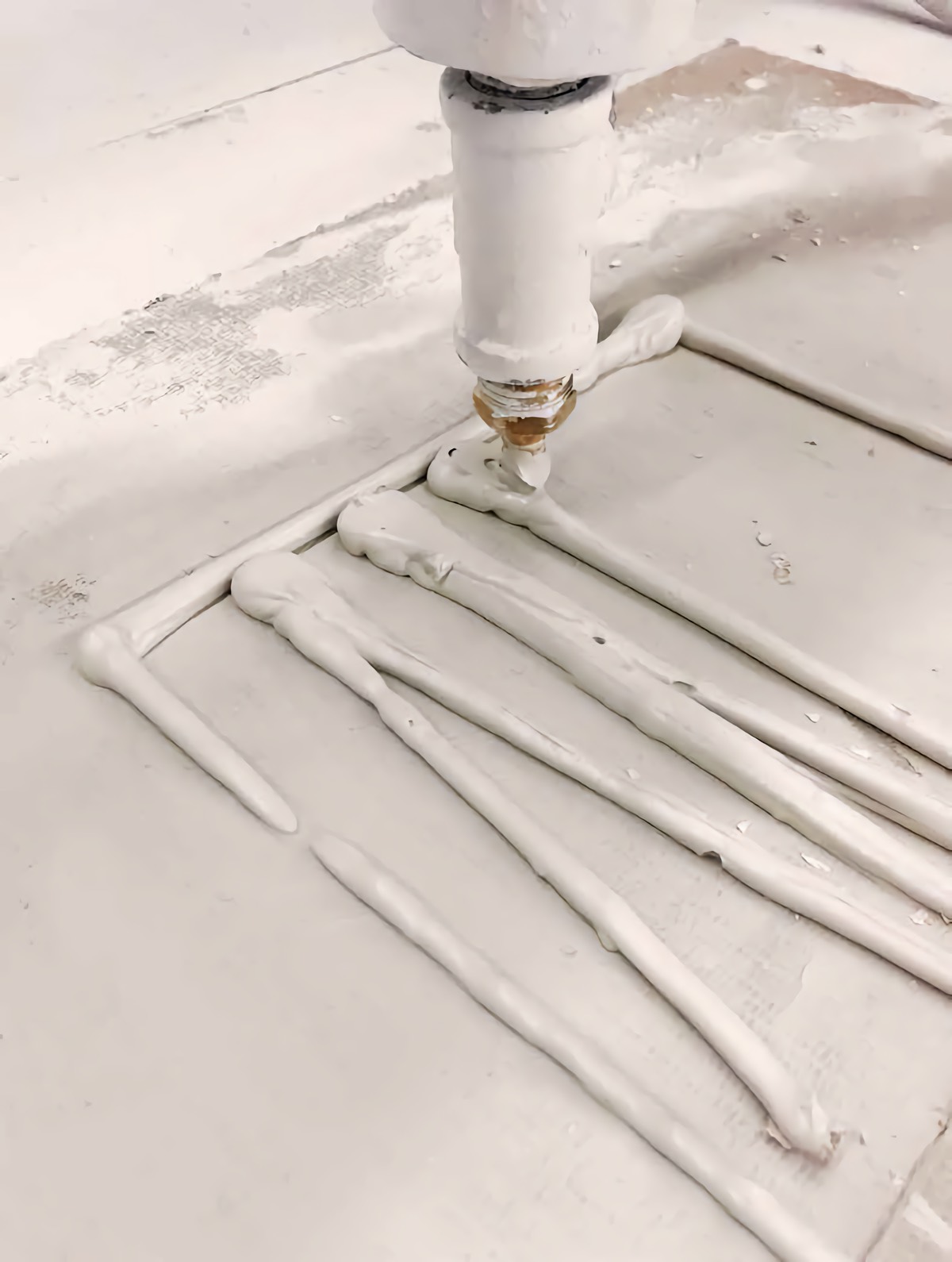An Innovative Workflow for Interventions on Cultural Heritage
Downloads
DOI:
10.31182/cubic.2020.3.023Keywords:
additive layer manufacturing, digital fabrication, second digital turn, digital architecture, cultural heritageAbstract
The current advancement of this research within the construction sector is the missing link for bridging the gap between the digitisation of building processes and the fabrication of architectural components. Renewed market needs and contemporary design languages require increasingly in-depth digital proficiency for the management of representation and production. The primary challenge of turning digital data into matter in the building design field must be overcome in order to demonstrate a possible transfer of benefits for new constructions, or interventions on existing buildings. The scientific community unanimously states the importance of deepening the most updated digital fabrication systems. With the aim of elaborating a methodological approach that prevents the technique from prevailing over the cultural assets a project requires, the present study proposes an innovative workflow for restoration projects on culturally relevant architecture in a state of degradation.
How to Cite
Published
Issue
Section
License
Copyright (c) 2020 Sara Codari

This work is licensed under a Creative Commons Attribution 4.0 International License.
References
Bock, Thomas, and Silke Langenberg. "Changing building sites: Industrialisation and automation of the building process." Architectural Design 84, no. 3 (2014): 88-99. DOI: https://doi.org/10.1002/ad.1762
Brandi, Cesare. 1963. Teoria Del Restauro. Ed. di storia e letteratura.
Carpo, Mario. 2013. The Digital Turn in Architecture 1992- 2012. John Wiley & Sons. DOI: https://doi.org/10.1002/9781118795811
Carpo, Mario. 2017. The Second Digital Turn: Design Beyond Intelligence. MIT Press. DOI: https://doi.org/10.7551/mitpress/9976.001.0001
Codarin, Sara, and Marco Medici. 2018. “Definizione Di Scenari Materiali Innovativi Attraverso Processi Di Digitalizzazione.” TECHNE: Journal of Technology for Architecture & Environment 16.
Dubor, Alexandre, Edouard Cabay, and Angelos Chronis. 2018. “Energy Efficient Design for 3D Printed Earth Architecture.” In Humanizing Digital Reality, 383–93. Springer. DOI: https://doi.org/10.1007/978-981-10-6611-5_33
Feringa, Jelle, and Asbjørn Søndergaard. 2014. “Fabricating Architectural Volume: Stereotomic Investigations in Robotic Craft.” Fabricate: Negotiating Design & Making 2: 76–83. DOI: https://doi.org/10.2307/j.ctt1tp3c5w.13
Figliola, Angelo. 2017. “Post-Industrial Robotics: Exploring Informed Architectures in the Post-Digital Era.” TECHNEJournal of Technology for Architecture and Environment, no. 13: 256–66.
Friedman, Jared, Heamin Kim, and Olga Mesa. 2014. “Experiments in Additive Clay Depositions.” In Robotic Fabrication in Architecture, Art and Design 2014, 261–72. Springer. DOI: https://doi.org/10.1007/978-3-319-04663-1_18
Gershenfeld, Neil. 2012. “How to Make Almost Anything: The Digital Fabrication Revolution.” Foreign Affairs 91 (6): 43–57.
Gramazio, Fabio, and Matthias Kohler. 2008. Digital Materiality in Architecture. Lars Müller Publishers Baden.
Gramazio, Fabio, and Matthias Kohler. 2014. Made by Robots: Challenging Architecture at a Larger Scale. John Wiley & Sons.
Gramazio, Fabio, Matthias Kohler, and Jan Willmann. 2014. The Robotic Touch: How Robots Change Architecture: Gramazio & Kohler Research ETH Zurich 2005-2013. Park Books.
National Heritage Training Group, 2005. Traditional Building Craft Skills: Assessing the Need, Meeting the Challenge. National Heritage Training Group.
Keating, Steven, and Neri Oxman. 2013. “Compound Fabrication: A Multi-Functional Robotic Platform for Digital Design and Fabrication.” Robotics and Computer-Integrated Manufacturing 29 (6): 439–48. DOI: https://doi.org/10.1016/j.rcim.2013.05.001
Keating, Steven, Nathan A. Spielberg, John Klein, and Neri Oxman. 2014. “A Compound Arm Approach to Digital Construction.” In Robotic Fabrication in Architecture, Art and Design 2014, 99–110. Springer. DOI: https://doi.org/10.1007/978-3-319-04663-1_7
Ko, Minjae, Donghan Shin, Hyunguk Ahn, and Hyungwoo Park. 2018. “InFormed Ceramics: Multi-Axis Clay 3D Printing on Freeform Molds.” In Robotic Fabrication in Architecture, Art and Design, 297–308. Springer. DOI: https://doi.org/10.1007/978-3-319-92294-2_23
Labonnote, Nathalie, Anders Rønnquist, Bendik Manum, and Petra Rüther. 2016. “Additive Construction: State-of-the-Art, Challenges and Opportunities.” Automation in Construction 72: 347–366. DOI: https://doi.org/10.1016/j.autcon.2016.08.026
Leach, Neil. 2002. Designing for a Digital World. London: John Wiley & Sons.
Levitt, Steven D., and Dubner, Stephen J. 2005. Freakonomics. New York: William Morrow and Company.
Mostafavi, Sina, and Henriette Bier. 2016. “Materially Informed Design to Robotic Production: A Robotic 3D Printing System for Informed Material Deposition.” In Robotic Fabrication in Architecture, Art and Design 2016, 338–49. Springer. DOI: https://doi.org/10.1007/978-3-319-26378-6_27
Picon, Antoine. 2014. “Robots and Architecture: Experiments, Fiction, Epistemology.” Architectural Design 84 (3): 54–59. DOI: https://doi.org/10.1002/ad.1754
Rocker, Ingeborg. 2006. “Calculus based Form: An Interview with Greg Lynn.” Architectural Design 76 (4): 88–95. DOI: https://doi.org/10.1002/ad.298
Sennett, Richard. 2008. The Craftsman. New Haven: Yale University Press..
Sheil, Bob. 2012. Manufacturing the Bespoke: Making and Prototyping Architecture. John Wiley & Sons. DOI: https://doi.org/10.1007/978-3-0348-0582-7_4
Wangler, Timothy, Ena Lloret, Lex Reiter, Norman Hack, Fabio Gramazio, Matthias Kohler, Mathias Bernhard, et al. 2016. “Digital Concrete: Opportunities and Challenges.” RILEM Technical Letters 1 (October): 67. DOI: https://doi.org/10.21809/rilemtechlett.2016.16
Zaffagnini, Mario. 1981. Progettare Nel Processo Edilizio. Bologna: Luigi Parma.

